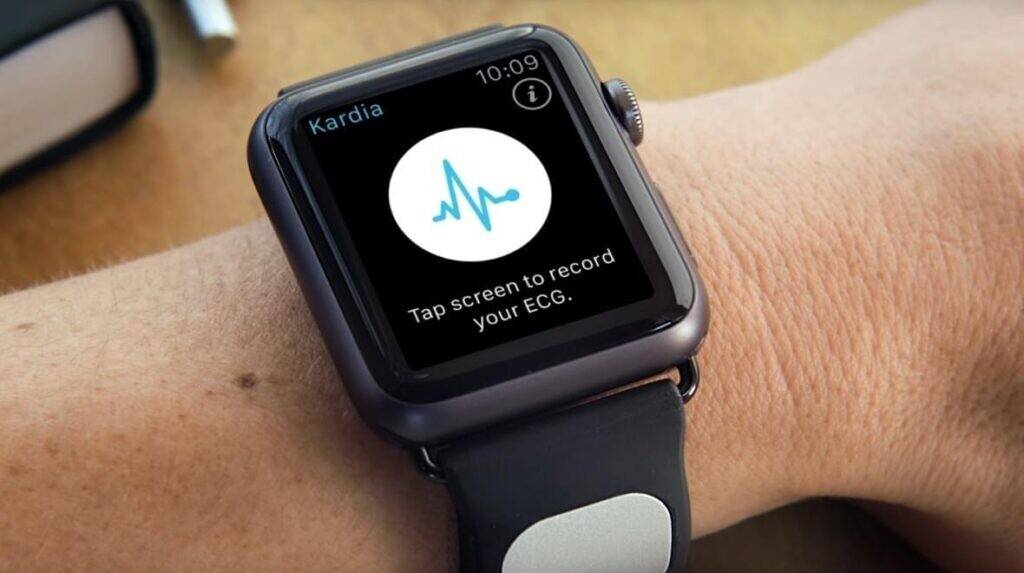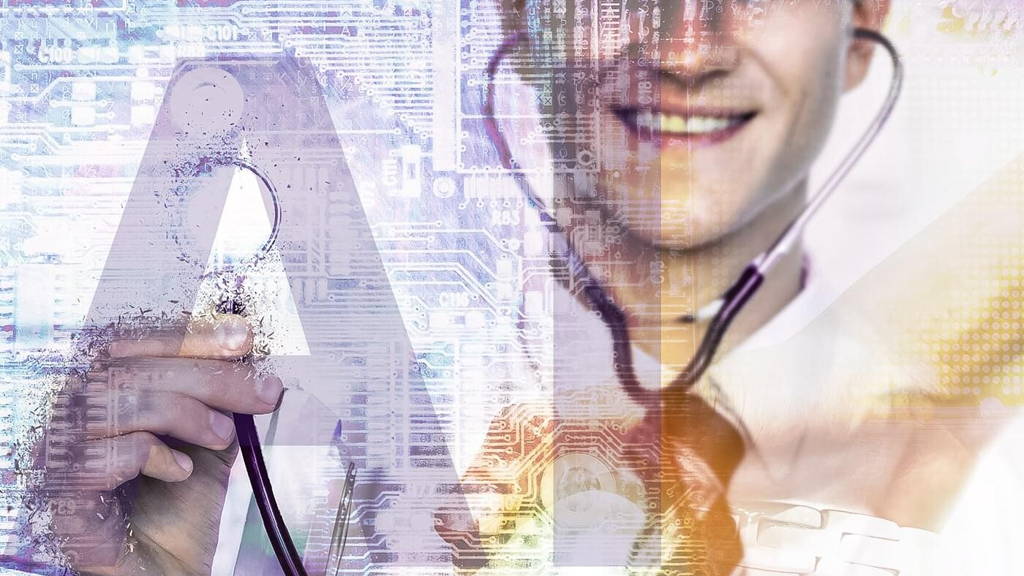The first wave of AI hospital tools, including voice, patient experience and remote monitoring, are relatively easy to implement and deliver care to people with limited access. More highly specialized AI solutions will require higher expenses (until scale and reimbursement broaden access) and new capabilities. In mature markets like the US and EU, hospital viability will depend on their ability to adapt to the AI Era.
The 5,534 US hospitals face an existential crisis. Median operating margins plummeted from 3.4 percent in 2015 to 2.7 percent in 2016 to under 2 percent in 2017. According to CMS (The Center for Medicare & Medicaid Services), a unit of the US Department of Health & Human Services, the average length of stay in US hospitals fell from 9 days in 1990 to just over 4 in 2017. The complex payment system, and higher cost of services, forces US hospitals to spend more on administrative expenses than other countries. Larger sums (18% of GDP) are achieving inferior outcomes. Among 20 developed countries, the US is now 19th for Life Expectancy.
 EHR data entry is cited as the most common reason for physician burnout, which is now approaching 50 percent.[/caption]
AI is a cost-effective diagnostic tool that can offset the cost of health care professionals. For example, image recognition, is considered a solved problem. The sensitivity and specificity, the accuracy with which a machine can read an MRI or a CT scan or X-ray, is substantially better than humans. The fastest adoption for AI diagnostics has been in highly visual specializations, such as radiology, opthamology, dermatology and gynecology.
AI in the hospital requires the “Five Rights” of clinical decision support:
The right information (evidence-based guidance, response to clinical need) to the right people (entire care team— including the patient) through the right channels (ie, EHR, mobile device, patient portal) with the right intervention formats (ie, order sets, flow sheets, dashboards, patient lists) at the right points in workflow (for decision-making or action).
The next two years will see a dramatic bifurcation – hospitals that embrace technology to address skills shortages and structural inefficiencies and those left behind.
These are the AI opportunities that are relatively easy to implement and already deployed at scale.
EHR data entry is cited as the most common reason for physician burnout, which is now approaching 50 percent.[/caption]
AI is a cost-effective diagnostic tool that can offset the cost of health care professionals. For example, image recognition, is considered a solved problem. The sensitivity and specificity, the accuracy with which a machine can read an MRI or a CT scan or X-ray, is substantially better than humans. The fastest adoption for AI diagnostics has been in highly visual specializations, such as radiology, opthamology, dermatology and gynecology.
AI in the hospital requires the “Five Rights” of clinical decision support:
The right information (evidence-based guidance, response to clinical need) to the right people (entire care team— including the patient) through the right channels (ie, EHR, mobile device, patient portal) with the right intervention formats (ie, order sets, flow sheets, dashboards, patient lists) at the right points in workflow (for decision-making or action).
The next two years will see a dramatic bifurcation – hospitals that embrace technology to address skills shortages and structural inefficiencies and those left behind.
These are the AI opportunities that are relatively easy to implement and already deployed at scale.
 KardiaBand is the first Apple Watch accessory to get FDA clearance. The
KardiaBand is the first Apple Watch accessory to get FDA clearance. The
Heart rate monitoring strap could pave the way for more serious health add-ons. (image Apple).[/caption] Hospitals will need to transition from acute care to illness and lifestyle management. This is particularly true for Baby Boomers, the “silver tsunami”. El Camino Hospital in Silicon Valley developed an AI-enabled wearable sensor to predict and reduce falls by seniors, both in the hospital and at home. Hospital falls typically add 6.3 days of additional stay and $14,000 in cost (Agency for Healthcare Research and Quality). Linking wearable sensors and EHR data, their AI predictive analytics tools helped reduce falls in the hospital by 39% over six months. However, hospital IT systems are not yet ready for the fusion of wearables and patient generated health data across providers, payers and data owners. Currently, only 18.7 percent of hospitals report they “often” use data for patient care from other providers. Decentralizing the data, while maintaining security, is essential for inter-operability. This is an area where Blockchain offers an advantage over private clouds.
Most common reason for physician burnout
One factor negatively impacting margins is a shortage of trained physicians and nurses. The Association of American Medical Colleges projects a shortage of 100,000 doctors in 2030. EHR adoption in the last decade had many benefits, but also a nasty side effect- administrative hell. EHR data entry is cited as the most common reason for physician burnout, which is now approaching 50 percent. In fact, for every one hour with a patient, doctors devote two hours of administrative time. To offset the skills shortage and automate some of the administrative burden, AI is an essential solution. [caption id="attachment_24731" align="aligncenter" width="640"] EHR data entry is cited as the most common reason for physician burnout, which is now approaching 50 percent.[/caption]
AI is a cost-effective diagnostic tool that can offset the cost of health care professionals. For example, image recognition, is considered a solved problem. The sensitivity and specificity, the accuracy with which a machine can read an MRI or a CT scan or X-ray, is substantially better than humans. The fastest adoption for AI diagnostics has been in highly visual specializations, such as radiology, opthamology, dermatology and gynecology.
AI in the hospital requires the “Five Rights” of clinical decision support:
The right information (evidence-based guidance, response to clinical need) to the right people (entire care team— including the patient) through the right channels (ie, EHR, mobile device, patient portal) with the right intervention formats (ie, order sets, flow sheets, dashboards, patient lists) at the right points in workflow (for decision-making or action).
The next two years will see a dramatic bifurcation – hospitals that embrace technology to address skills shortages and structural inefficiencies and those left behind.
These are the AI opportunities that are relatively easy to implement and already deployed at scale.
EHR data entry is cited as the most common reason for physician burnout, which is now approaching 50 percent.[/caption]
AI is a cost-effective diagnostic tool that can offset the cost of health care professionals. For example, image recognition, is considered a solved problem. The sensitivity and specificity, the accuracy with which a machine can read an MRI or a CT scan or X-ray, is substantially better than humans. The fastest adoption for AI diagnostics has been in highly visual specializations, such as radiology, opthamology, dermatology and gynecology.
AI in the hospital requires the “Five Rights” of clinical decision support:
The right information (evidence-based guidance, response to clinical need) to the right people (entire care team— including the patient) through the right channels (ie, EHR, mobile device, patient portal) with the right intervention formats (ie, order sets, flow sheets, dashboards, patient lists) at the right points in workflow (for decision-making or action).
The next two years will see a dramatic bifurcation – hospitals that embrace technology to address skills shortages and structural inefficiencies and those left behind.
These are the AI opportunities that are relatively easy to implement and already deployed at scale.
Voice assistants
Ambient listening tools, such as Amazon Echo, Apple Siri, Google Home and Microsoft Cortana, have seen widespread adoption. By 2020, it is projected that 50% of all searches will be conducted by voice. Case Study: Hands-free, real-time analysis is crucial in the ICU (Intensive Care Unit), where sterile operating fields and infection control are priorities. Boston Children’s Hospital has a voice-controlled, real-time guidance tool, allowing nurses and doctors to query for information, both administrative and surgical. The system “learns” administrative and clinical requests to anticipate information needs. Another use-case has been streamlining the pre-operative validation and checklist process. Introducing voice-prompted, real-time, hands-free checklists helped reduce human error. Voice is even better suited for patient engagement. Cincinnati Children's Hospital interprets symptoms of common illnesses and provides caregivers with customized guidance and intervention. Beth Israel Deaconess Medical Center (BIMDC) integrated Alexa into the inpatient experience. Patients use their voice, rather than ringing a buzzer, for information like menu, vital sign explanation, etc. At Northwell Health, in-home voice programs predict wait time estimates at nearby emergency rooms and urgent care centers. Commonwealth Care Alliance and Penn Medicine have introduced voice activated technology in the home, including scheduling, reminders, connectivity to care-givers, cognitive measurement, etc. This can be particularly helpful for customers with limited mobility.Wearables – Patient Generated Health Data
Medical grade, AI-enabled wearables, linked to the EHR, come in a variety of form factors, including wristband, patch, sensor, hat, helmet, necklace, glass, smart textile, belt, watch, earphone, tattoo, earpiece, fingertip, shirt, etc. Current areas of measurement include vital signs (heart rate, blood pressure, respiration rate, body/skin temperature, blood oxygen saturation level), disease (sleep apnea, chronic obstructive pulmonary disease, diabetes mellitus, cardiovascular diseases, brain diseases, mosquito-borne diseases, renal failure, skeletal system diseases, hearing loss, etc.) and other categories (sunburn prevention, vein finding, detection of stress/ depression levels, etc.). Cloud-based wearables, while vulnerable to loss or hacking, enable remote, non-invasive, continuous monitoring of chronic and at-risk patients. Wearables, together with apps and biosensors, can assist providers with remotely tracking patient health and streamlining care operations. One example of an AI-based device, that was validated in studies by Mayo Clinic, is the FDA-approved KardiaBand from AliveCor. It is a personal electrocardiogram device and detects atrial fibrillation (AFib) and hyperkalemia. Another successful wearable deployment from Mayo was their OB Nest, remote pregnancy monitor. For women with low-risk pregnancies, wearable technology, paired with a repository of historical pregnancy data, reduced doctor visits and patient anxiety. [caption id="attachment_24735" align="aligncenter" width="640"] KardiaBand is the first Apple Watch accessory to get FDA clearance. The
KardiaBand is the first Apple Watch accessory to get FDA clearance. TheHeart rate monitoring strap could pave the way for more serious health add-ons. (image Apple).[/caption] Hospitals will need to transition from acute care to illness and lifestyle management. This is particularly true for Baby Boomers, the “silver tsunami”. El Camino Hospital in Silicon Valley developed an AI-enabled wearable sensor to predict and reduce falls by seniors, both in the hospital and at home. Hospital falls typically add 6.3 days of additional stay and $14,000 in cost (Agency for Healthcare Research and Quality). Linking wearable sensors and EHR data, their AI predictive analytics tools helped reduce falls in the hospital by 39% over six months. However, hospital IT systems are not yet ready for the fusion of wearables and patient generated health data across providers, payers and data owners. Currently, only 18.7 percent of hospitals report they “often” use data for patient care from other providers. Decentralizing the data, while maintaining security, is essential for inter-operability. This is an area where Blockchain offers an advantage over private clouds.








